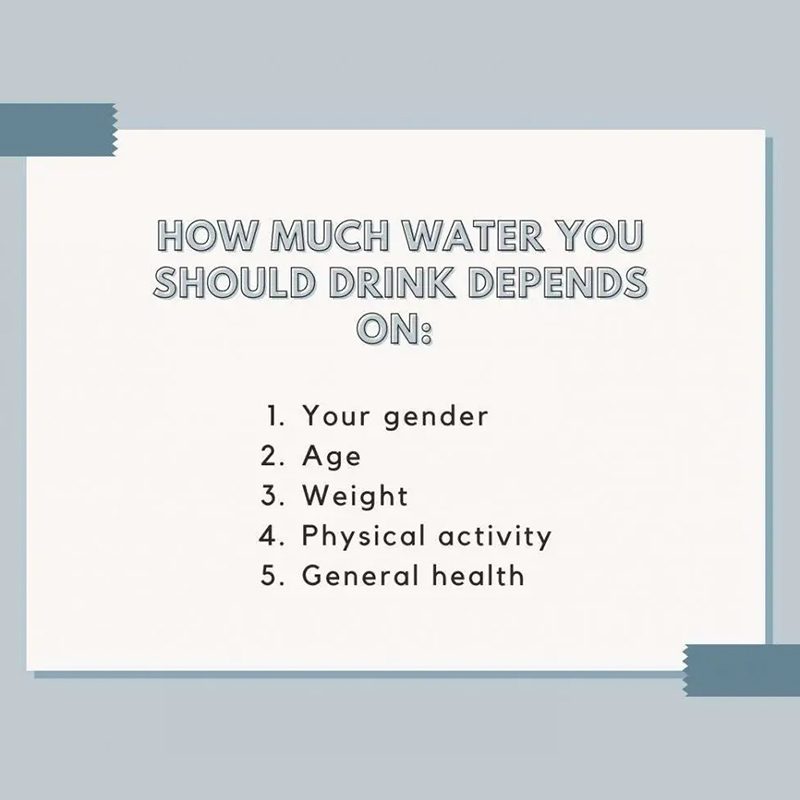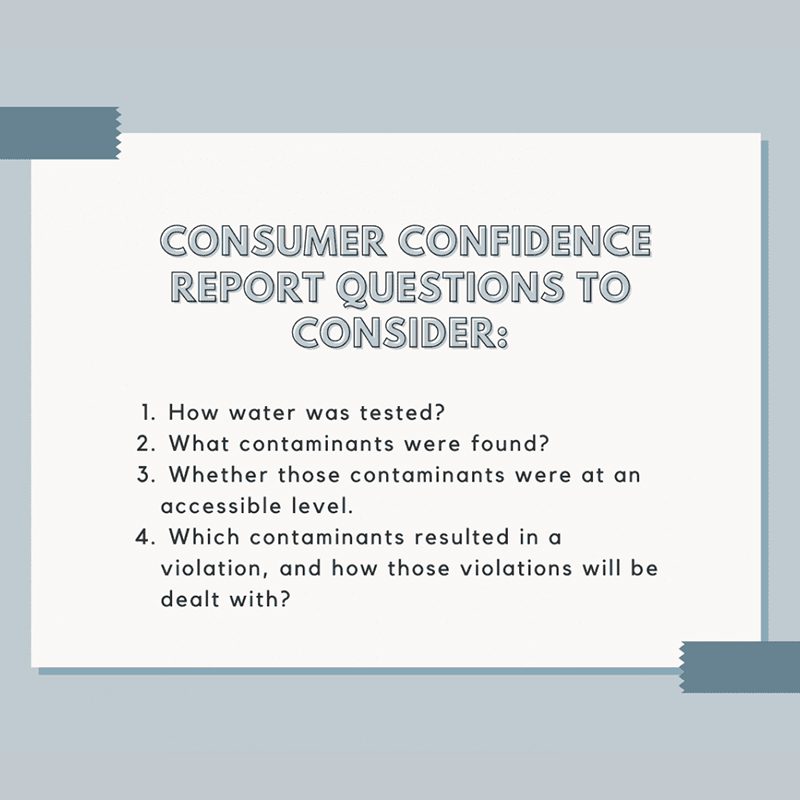
How Your Local Drinking Water Impacts Your Health
Water is life.
We know we need to drink it, but what happens when we don’t drink enough — or worse, when the water we drink harbors dangerous chemicals and other risky contaminants?
Here’s what you need to know about your local water health impact and how you can understand and control what you put in your body.

How does water impact our health?
Drinking enough water every day is one of the most important things we can do to maintain our health.
Water helps us regulate our internal temperature, lubricates our joints, protects our spinal cord, and flushes waste out of our bodies to keep our systems in tip-top shape. While the exact amount of water you need each day depends on factors such as
- your gender
- age
- weight
- physical activity
- and general health, most experts agree that most of the population doesn’t drink enough water.
Having access to clean water can help.
Carrying a refillable water bottle and keeping filtered water handy at home, work, and/or the gym makes it easy to choose water over sugary beverages or drinks with dehydrating caffeine.
What if there are impurities in the water?
Impurities in water range from the mundane to those that could cause serious harm. Depending on the water where you live and how it’s delivered and held before consumption, the water you drink could be contaminated with substances like:
- Chlorine
- Dirt
- Pesticides
- Fertilizer
- Chemicals
- Metals
- Bacteria
- Viruses
- Yeast
That’s just a short list of compounds in your drinking water. Some, like chlorine, are there intentionally — this “contaminant” helps control bacteria that might otherwise multiply and do harm. Other contaminants, like lead, can cause acute or even chronic illnesses. Check your water quality.
Is your local drinking water safe?
Suppose you get your drinking water from a local water supplier, such as a water company that services the community. In that case, your supplier is legally required to test the water and release those results to consumers at least once per year.
Water must meet standards set forth by the Environmental Protection Agency, including limits on some 90 contaminants that might be found in drinking water. This includes both chemical and microbial contaminants.

To find out more about your local water health impact, you can look at the Consumer Confidence Report, a document that offers all kinds of important information like
- how water was tested
- what contaminants were found
- whether those contaminants were at an accessible level
- which contaminants resulted in a violation, and how those violations will be dealt with.
You may get access to your local CCR online; if you pay your water bill directly, you may also get a copy by mail.
Stonybrook offers a variety of resources to help you understand and access information about your local water quality.
Find out what constitutes safe drinking water and learn why it’s often a good idea to take water safety into your own hands by leasing a water filtration system that’s safe, secure, and affordable.
Get a Stonybrook water system installed in your home, office, or business for healthy, tasty water.
Photo by Bindle Bottle on Unsplash

Get Service • Office: 978-865-9899 • Fax: 978-993-4350 • [email protected]
Massachusetts | Maine | Martha’s Vineyard | New Hampshire | Nantucket | Vermont | Rhode Island | Connecticut
Stonybrook Water | Privacy Policy
© Charley Grey, LLC. This website is designed, developed, and managed by Charley Grey. All content, copy, graphics, images, and website code are owned by Charley Grey and protected by copyright laws. Unauthorized downloading, republication, retransmission, or reproduction is strictly prohibited.
Stonybrook Water | Privacy Policy
© Charley Grey, LLC. This website is designed, developed, and managed by Charley Grey. All content, copy, graphics, images, and website code are owned by Charley Grey and protected by copyright laws. Unauthorized downloading, republication, retransmission, or reproduction is strictly prohibited.
